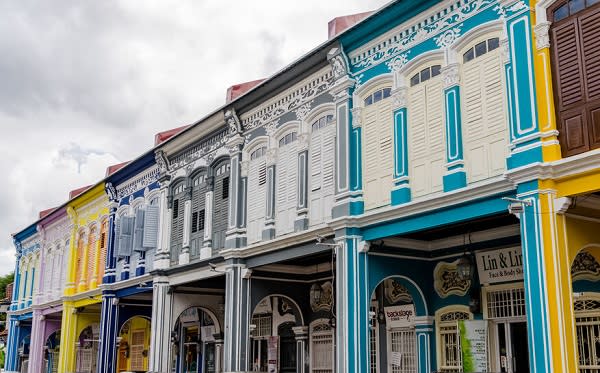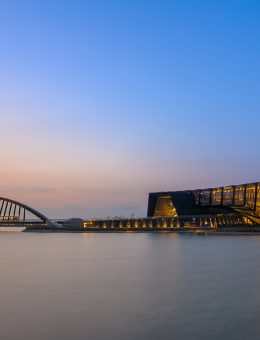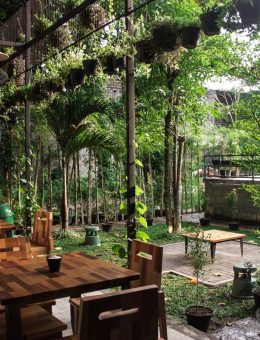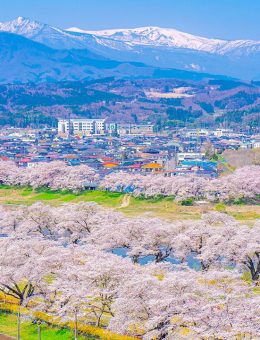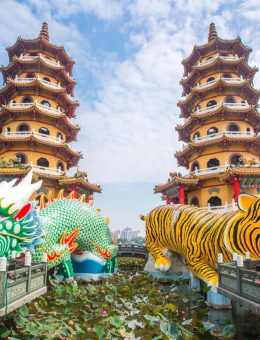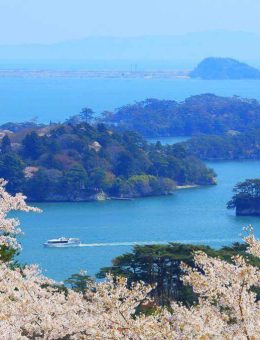After a comfy night’s rest in Penang, I kicked off my adventure in George Town—the city’s most famous spot, often called the heart of Penang (pronounced “Jorj” like “George”). We started the morning with a light, iconic Malaysian bite: Nasi Lemak, or “fatty rice.” It’s a cheap, everyday dish across Malaysia, with tons of variations depending on the sides. At its core, it’s rice cooked in coconut milk, served with salted fried peanuts, spicy sauce, a boiled egg, and crispy dried fish. We grabbed breakfast at the most famous joint in George Town’s old quarter—shabby-looking, untouched by upgrades compared to the sleek buildings around it.
Discovering George Town’s Street Art
My friend told me that ever since George Town nabbed UNESCO World Heritage status, art projects have popped up to spotlight its culture and tourism. That’s the spark behind the vibrant wall murals you see all over Penang’s streets today—some in bold 3D graffiti, others crafted from steel bars with insane precision. What’s wild is these murals don’t clash with the old town vibe; they pull folks like me in with a weird, magnetic charm.
You can snag an old town map anywhere—airport, travel agencies, tourist spots—to explore George Town. First thing you’ll notice? The street art locations marked out. From there, hitting every spot becomes this sneaky urge you can’t shake. Same for me! Even my friend, a Penang local, didn’t know them all. We ended up fumbling through dozens of map points together—covered most, but not quite everything.
Like I said, George Town’s Street Art comes in two main flavors: 3D murals (8 labeled A-H) and steel sculptures (24 numbered 1-24), plus extras not on the map. They all tell tales of George Town’s ancient-to-modern customs and culture, scattered randomly across the city—no order, which makes wandering even more fun.
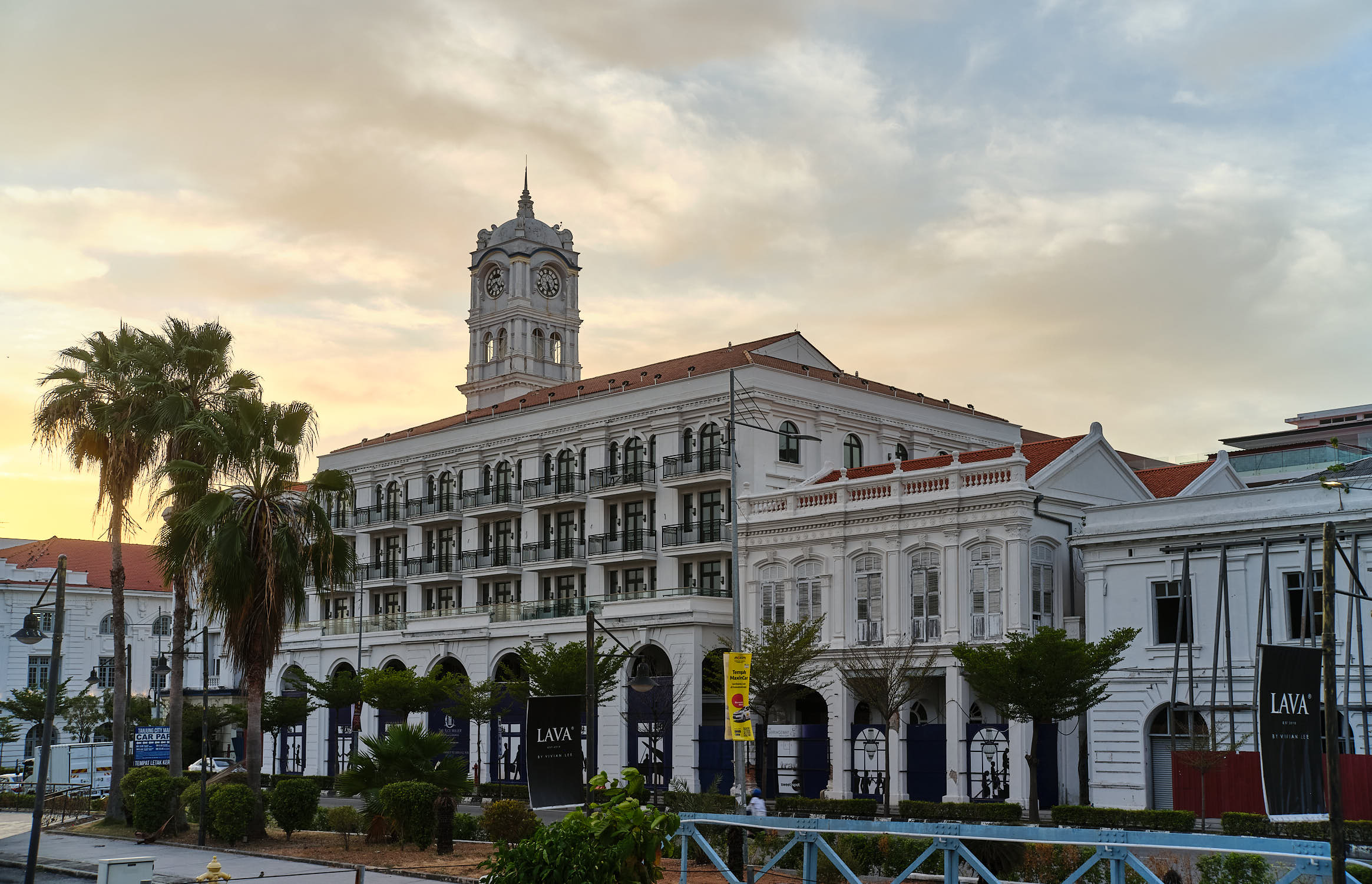
Unpacking George Town’s Architectural Culture
For me, though, the street art didn’t hit as hard as the architecture lining the streets—especially at intersections, where no two styles match. Corners buzz with local daily life, blending with the laid-back tourist vibe of exploring George Town. Toss in those old-school buildings, and the whole scene pops with life and pull.
Most of George Town’s architecture screams Chinese influence—vintage homes and Buddhist temples tucked in narrow alleys, wafting thick incense that’s pure China. Fair’s fair: the Chinese rock at building communities, though Chinese folks here differ big-time from mainland China.
Japanese culture carves out its own niche too, with homes sporting layouts and designs that stand apart from the rest.
Then there’s Little India—Indian culture shines with flower shops, lively music, colorful sarees, regional Indian eats, and goods for Penang’s Indian community. Weekends crank the energy up even more.
And distinct from Chinese and Indian vibes, Penang locals weave their own flair into George Town—classic architecture with modern twists, hinting at European echoes.
Don’t Skip Penang’s Food…
…and those untouched old houses.
Exploring George Town is packed with cool stuff—everyone’s take is different. For me, it’s not just the street art or diverse architecture. The real kicker? The food. Mention Penang, and you think: “Oh, Malaysia’s food capital.” Me? I just eat it—can’t describe it worth a darn. So, if Penang’s grub hooks you, write about it for me, okay?

